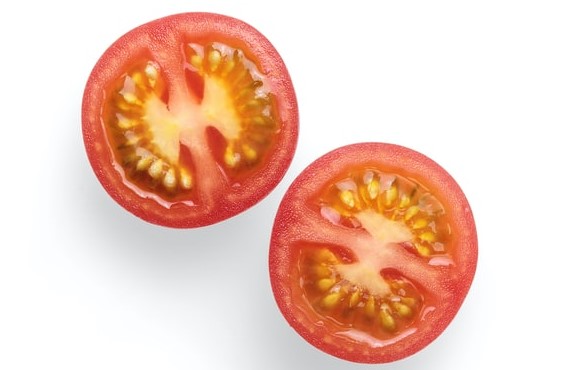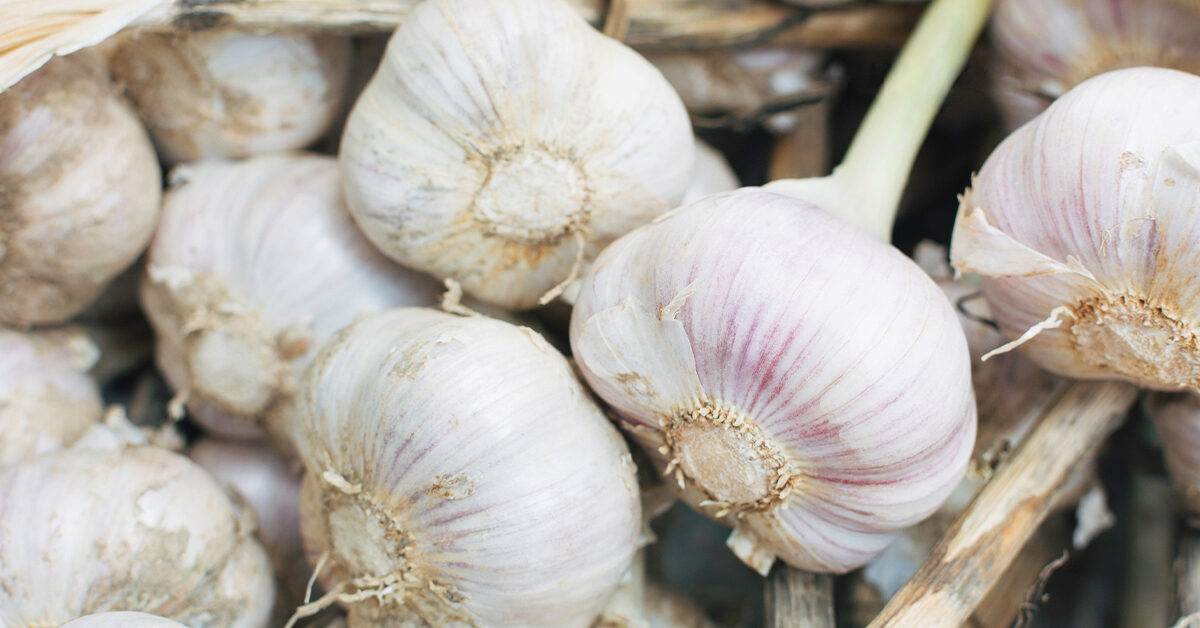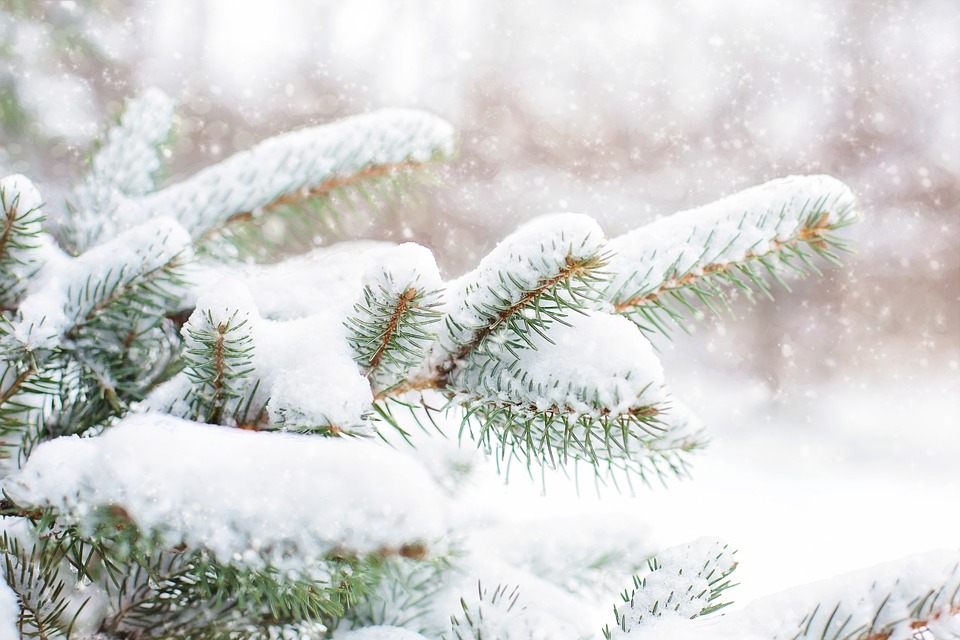Winter is a time of short days and freezing cold weather. You might be receiving questions from students how plants and trees manage to survive the long months of winter without their leaves, and how they become green in Canada so quickly again. Just like animals, plants have evolved a series of adaptations that help them survive. Read on to learn the answers with this nature lesson.
Annuals
Some plants don’t survive the winter at all. If you’ve helped in the garden, you might be aware of a few plants that have to be replanted or regrown year after year. Often, these are flowers, and some of the common ones include blossoms like Marigolds and Geraniums. But they also include edible plants like tomatoes and corn!
Annuals survive and thrive every year because they’ve learned to grow fast and make lots of seeds in just one growing season. The seeds survive where the rest of the plant does not, and in fact, many annuals require time during a cool, wet period to germinate, giving them enough of a period to grow and thrive before fall.

Herbaceous perennials
You probably know, though, that some plants – like tulips and lilies – will bloom year after year. (Sometimes whether you want them to or not!) There are also many edible plants that also fall into this category… garlic and onions are two common ones. Looking at these two helps explain how these kinds of perennial plants survive year after year.
What tulips and garlic have in common is that they both store energy in a bulb – a part of the root of the plant that survives underground. In the end of the growing season, plants of this kind pump water out of the above-ground parts of the plant, storing food in in a sugary format that resists freezing so they can sprout again next spring. And you may have noticed, that makes some of these roots good to eat!

Biennials
Some plants straddle the line between annual and perennial... one growing season just isn’t enough. So, they will take several strategies to survive through one winter, before producing seeds in their second year. They may produce freeze-resistant leaves and stems, and they may also form a root/bulb to store energy.
Did you know that parsley, fennel, and carrots are all biennials? It’s true… carrots don’t produce seeds until their second year!
Bushes and deciduous trees
Trees and bushes are technically perennials, and like the herbaceous perennials, will store some of their energy in the roots. But not every tree and bush are the same. Deciduous trees are trees that shed their leaves every winter – like oak and maple trees. They’re a little bit different than coniferous trees, which we sometimes call “evergreen.” Did you know the scientific term for shedding leaves is called abscission?
In these deciduous trees, the tree slows down its metabolism in the fall to conserve energy for the winter. It also changes how it deals with water inside of it. Freezing is dangerous to all plants, humans, and animals – the ice crystals can damage the cell walls. So, trees have a few adaptations.
One is they create proteins called ice nucleators which controls where ice begins to form, keeping ice out of the more vulnerable parts. Trees also produce some antifreeze proteins. And as ice forms around the nucleators, it changes the sap inside, making it more sugary, thick, and syrupy. The upside to this thick, sugary sap is that the freezing point of it drops, meaning that it takes much lower temperatures to freeze. But it also has the added benefit of making some delicious side effects you might be familiar with… like creating the sweet, sticky sap we use to make maple syrup.
Coniferous trees
Evergreens will also use some of these strategies to help survive the freezing temps – but you might notice they don’t lose their leaves and wonder why. What makes the leaves of an evergreen different than an oak or a maple tree?
If you’ve looked at a pine needle, you can see it has much less surface area than a maple leaf, and they are thick and waxy. Not only does the surface help protect the insides, having less surface area means that the needles are less likely to lose water. This also is partly because stomata (the lungs of the leaves) are deep inside instead of on the surface like in a deciduous tree.

We hope you found this interesting! If you loved this post, check out our other post on how animals survive the winter. What other cool science facts do you know?
Related Articles View All
Hooked on Books: Exploring Mining Education, STEM and Sustainability in Ana’s Adventures at the Mine by Ana Gabriela Juárez
A captivating look at how "Ana’s Adventures at the Mine" blends storytelling, STEM education, and sustainability to inspire young readers through real-world learning and adventure.
Why Modern Mining Matters: Insights from “This Is Mining: The Podcast” for Students, Parents, and Educators
When most people think about a field trip, they imagine museums, historic sites, or science centres. But for our President & CEO at Teachers on Call, Joanne Sallay, her most memorable field trip took her into Northern Ontario, straight into the heart of one of Canada’s most advanced mining operations.
Featured in The Teaching Librarian: Rock-Solid Reads That Demystify Mining for Today’s Students
In the latest edition of The Teaching Librarian - the magazine of the Ontario School Library Association - our President, Joanne Sallay, contributes an insightful article titled "The Buzz: Rock-Solid Reads to Demystify the World of Mining." In this issue, Joanne takes a unique approach to the theme Mystery @ Your Library by stepping away from fictional mysteries and instead exploring how educators can help unravel real-world mysteries across subjects and industries—particularly the often-ove...

